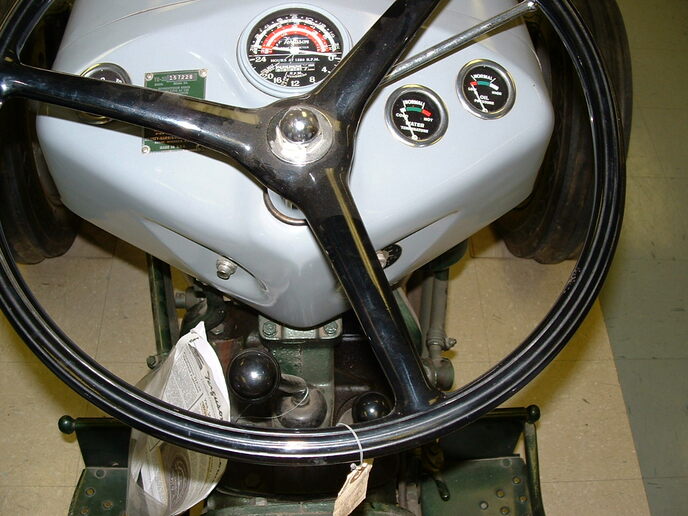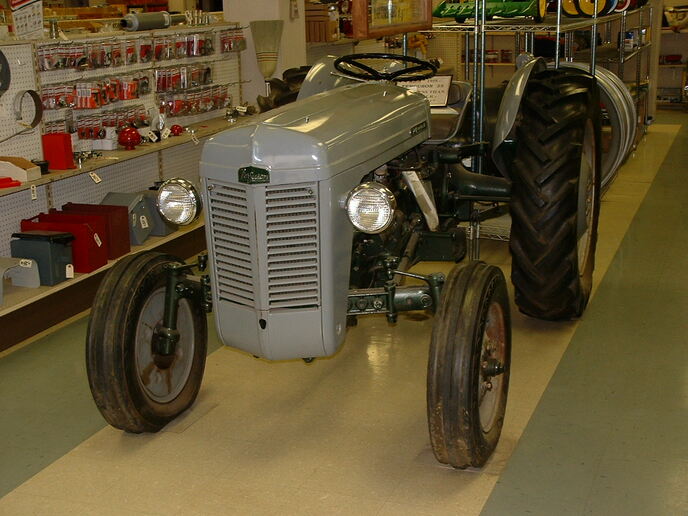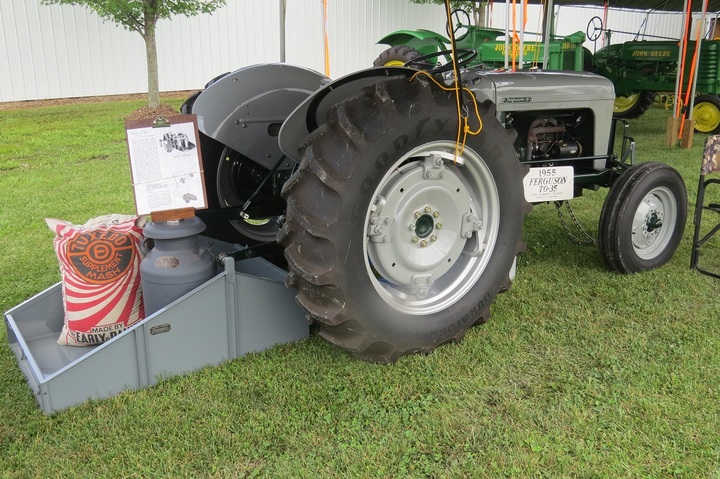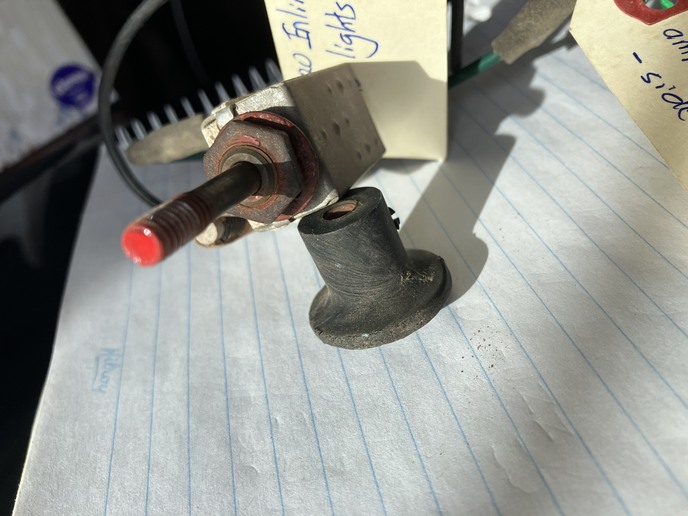Derweibhai
Member
We all know what tractor show tractors with high gloss automotive paint look like, and sure it's nice for a showpiece. What did the original paint on a 30's-50's JD, Case, Farmall etc really look like? I assume they were just sprayed quick with primer then a couple coats of a semi gloss paint, stenciled with logos and shipped out the door.
I am on the fence with some of my machines. All my tractors get used regularly for their original purpose, so show paint makes no sense. Several of my Case tractors have decent original paint, but my 1930's Deeres all need paint.
I just hand brushed some cast wheels for my Case and they turned out nice, I plan to do a set of wheel weights for it the same way. Seems to work well on cast iron and steel.
Thoughts?
I am on the fence with some of my machines. All my tractors get used regularly for their original purpose, so show paint makes no sense. Several of my Case tractors have decent original paint, but my 1930's Deeres all need paint.
I just hand brushed some cast wheels for my Case and they turned out nice, I plan to do a set of wheel weights for it the same way. Seems to work well on cast iron and steel.
Thoughts?





